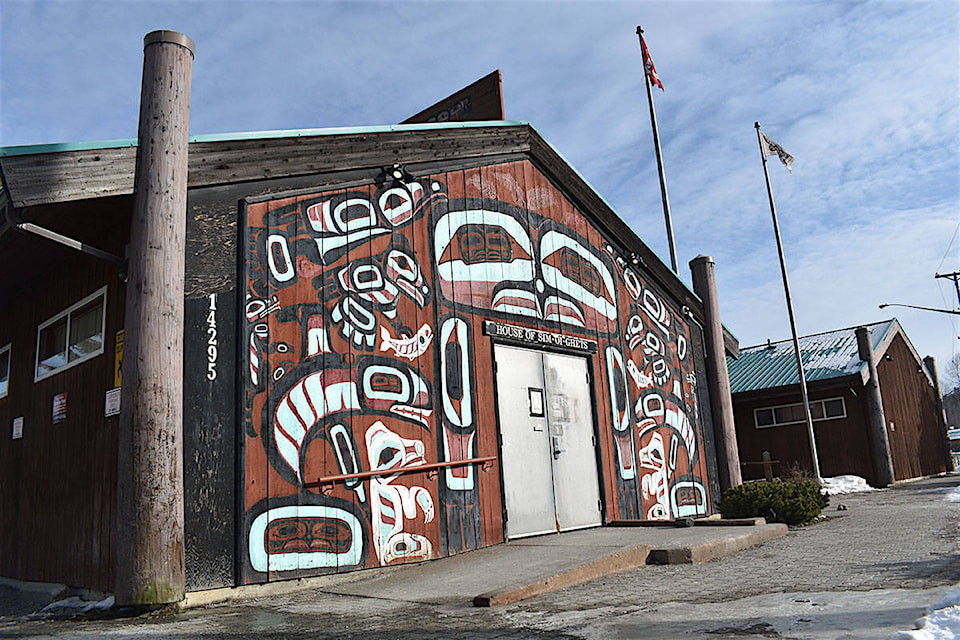A second First Nation in northwestern B.C. has placed its initials on an historic draft agreement with B.C. and Canada in as many days.
Representatives from Kitsumkalum First Nation, the provincial government and the federal government Tuesday morning initialled a draft treaty, paving the path for a ratification process set to take years. Kitsumkalum First Nation has about 825 members. Its main territory resembles a horse shoe that starts northwest of Terrace, then skirts west north of the Skeena River. The nation's territory also includes areas around Port Essington.
Tuesday's ceremony comes after representatives from neighbouring Kitselas First Nation had joined representatives from the provincial and federal government to initial that First Nation's draft agreement with Victoria and Ottawa.
Kitsumkalum's chief negotiator Gerald Wesley noted yesterday's ceremony in his opening remarks.
"Yesterday, our relatives in Kitselas, they took the same step by initialling their treaty document. Our two communities have walked together for a number of years, well generations, because our people have always co-existed side-by-side. We touched each other, we hugged each other, we have been together for each other."
Wesley said that Kitselas might have gone first yesterday, but added Kitsumkalum will be "number one the next time around, whenever that day might be."
Notwithstanding timing issues, Kitsumkalum is now to set join Kitselas on a path toward an historic agreement.
At the heart of the agreement lies a fee-simple transfer of 46,460 hectares to Kitsumkalum First Nation from B.C. as recognized treaty lands. Ottawa is supplying most of a one-time transfer of some $123 million, with B.C. providing some funding for economic infrastructure development.
The agreement frees Kitsumkalum First Nation from the authority of the Indian Act without replacing or extinguishing existing rights under the Canadian constitution. It confirms the First Nation's ownership of treaty lands; recognizes the Nation's self-governing powers; and gives it law-making authority on its treaty lands in many areas previously under federal or provincial jurisdiction. Such as areas include education, health and child and family services. It also gives the Nation authority over economic resources on its treaty lands.
Tuesday's ceremony concluded formal negotiations. The agreement now goes before the Kitsumkalum's membership for review and ratification, with the first week of April 2025 being a target date. Coinciding with this process is the development of a constitution by which the Kitsumkalum First Nation will govern itself.
Victoria and Ottawa must then ratify the agreement through separate legislation.
Ultimately, the treaty could come into effect by 2028 at the earliest.



